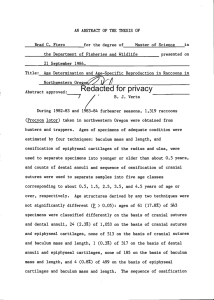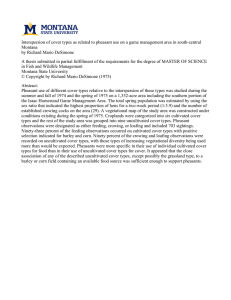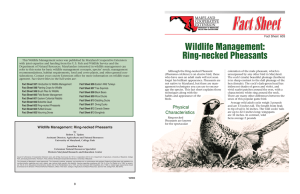Name Block: ______ Regrade? Yes No Capture
advertisement
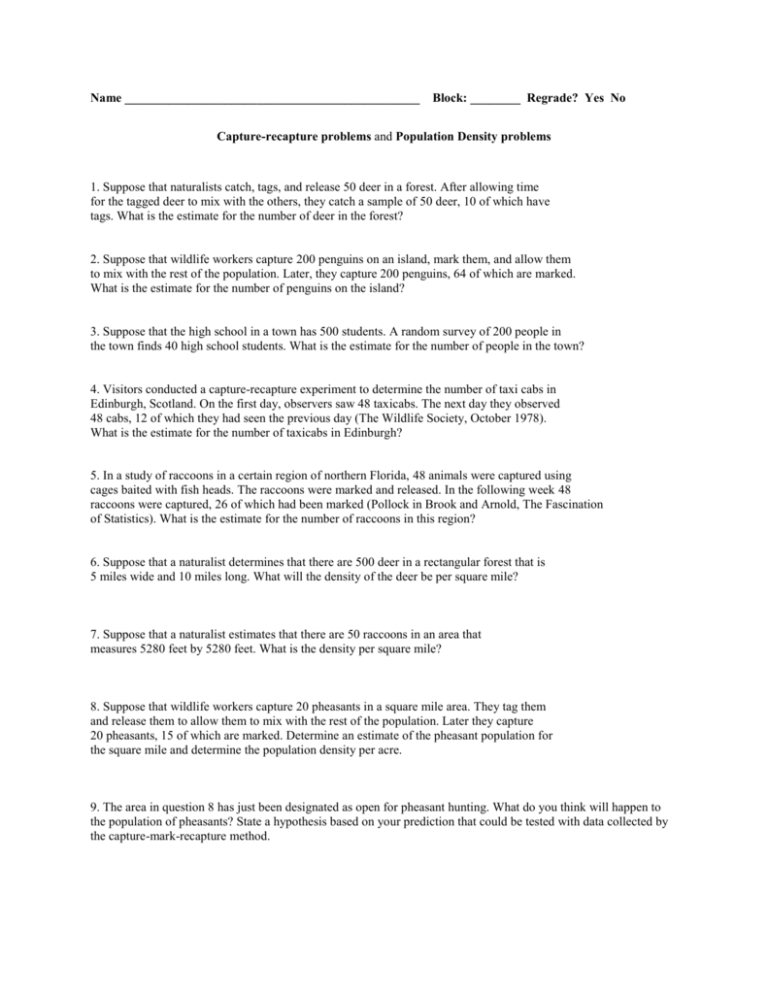
Name _______________________________________________ Block: ________ Regrade? Yes No Capture-recapture problems and Population Density problems 1. Suppose that naturalists catch, tags, and release 50 deer in a forest. After allowing time for the tagged deer to mix with the others, they catch a sample of 50 deer, 10 of which have tags. What is the estimate for the number of deer in the forest? 2. Suppose that wildlife workers capture 200 penguins on an island, mark them, and allow them to mix with the rest of the population. Later, they capture 200 penguins, 64 of which are marked. What is the estimate for the number of penguins on the island? 3. Suppose that the high school in a town has 500 students. A random survey of 200 people in the town finds 40 high school students. What is the estimate for the number of people in the town? 4. Visitors conducted a capture-recapture experiment to determine the number of taxi cabs in Edinburgh, Scotland. On the first day, observers saw 48 taxicabs. The next day they observed 48 cabs, 12 of which they had seen the previous day (The Wildlife Society, October 1978). What is the estimate for the number of taxicabs in Edinburgh? 5. In a study of raccoons in a certain region of northern Florida, 48 animals were captured using cages baited with fish heads. The raccoons were marked and released. In the following week 48 raccoons were captured, 26 of which had been marked (Pollock in Brook and Arnold, The Fascination of Statistics). What is the estimate for the number of raccoons in this region? 6. Suppose that a naturalist determines that there are 500 deer in a rectangular forest that is 5 miles wide and 10 miles long. What will the density of the deer be per square mile? 7. Suppose that a naturalist estimates that there are 50 raccoons in an area that measures 5280 feet by 5280 feet. What is the density per square mile? 8. Suppose that wildlife workers capture 20 pheasants in a square mile area. They tag them and release them to allow them to mix with the rest of the population. Later they capture 20 pheasants, 15 of which are marked. Determine an estimate of the pheasant population for the square mile and determine the population density per acre. 9. The area in question 8 has just been designated as open for pheasant hunting. What do you think will happen to the population of pheasants? State a hypothesis based on your prediction that could be tested with data collected by the capture-mark-recapture method.
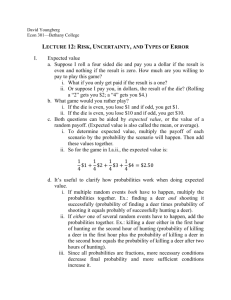








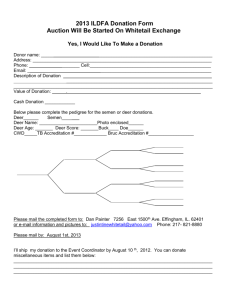
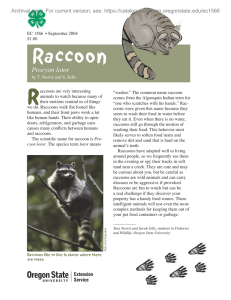
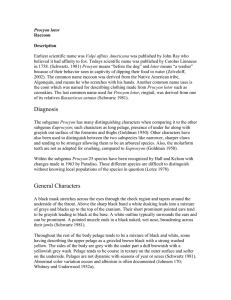

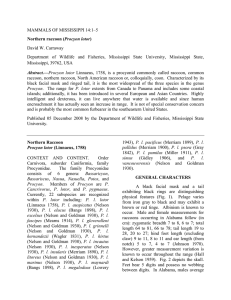
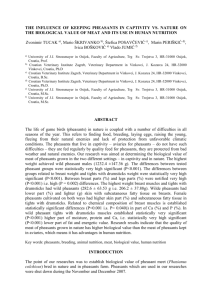
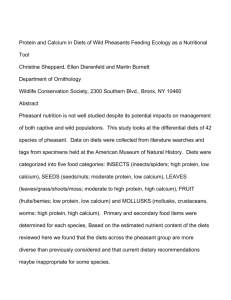
![Lauren Corman[1] - Institute for Critical Animal Studies (ICAS)](http://s3.studylib.net/store/data/007664765_2-58fab054dfbaecc0ba66b2442c45bd66-300x300.png)
